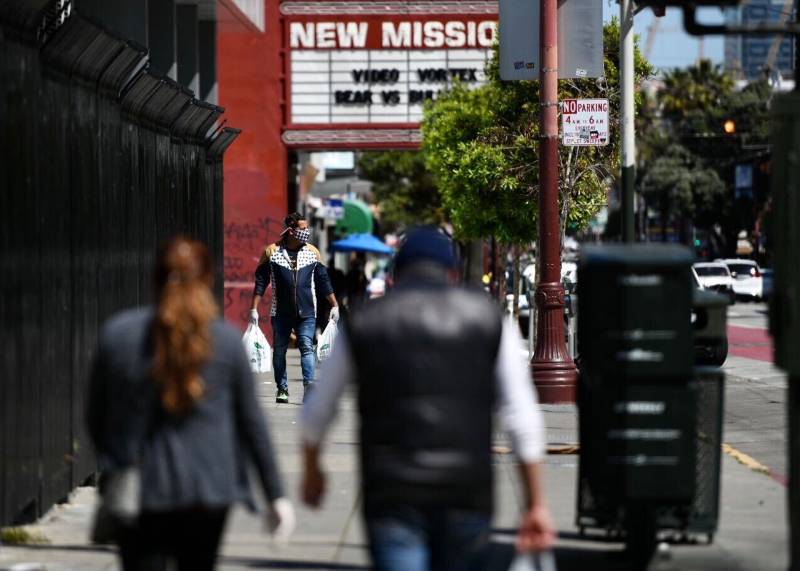Local data from public health departments reveal that Latinos are disproportionately affected by the coronavirus in the Bay Area, mirroring initial nationwide findings that the virus is hitting different racial groups unequally.
For instance, in San Francisco, Latinos account for 15% of the population, according to data from the U.S. Census Bureau, but comprise 25% of confirmed COVID-19 cases, according to data accessed from the health department on April 22.
In Santa Clara County, Latinos account for 26% of the population, and 36% of confirmed cases; and in Alameda County, 22.5% of the population and 25% of confirmed cases.
These three counties have some of the highest numbers and rates of confirmed cases in the Bay Area. Currently, in the nine-county Bay Area, only Alameda, San Francisco and Santa Clara counties report detailed racial data. The Napa County Public Health Department reports cases by "Hispanic," "Non-Hispanic White," "Other" and "Unknown."
For the purposes of this analysis, the charts below display the language used by each county, and KQED has compared them to the closest matching U.S. Census Bureau fields. The population data come from the 2018 5-year American Community Survey.

